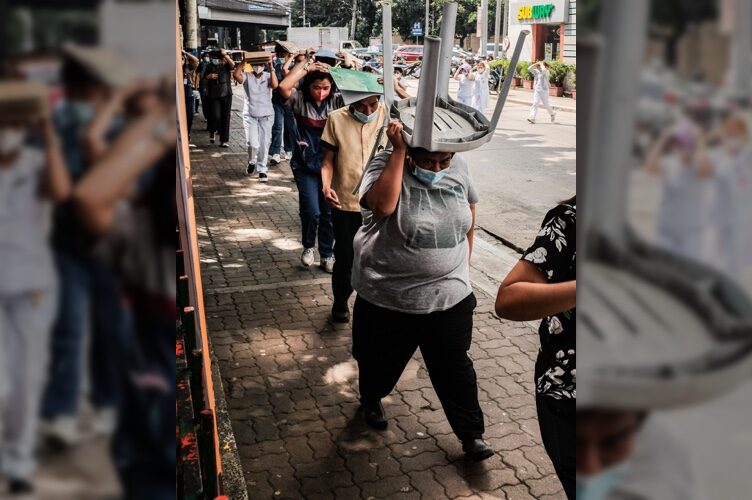TODAY, June 24, is a special non-working holiday in the City of Manila. Not only is it another long weekend for residents there; it’s also a celebration of the capital city’s profound history.
Many people from the province dream of moving there. Tourists eagerly plan to visit it. It’s an unshakable hub of the country’s economic, social, and cultural activity.

A city of dreams and opportunity it may be today, but what exactly is the story behind its name?
The roots of it all
Going back to the time of the Spanish rule, the Pasig River did not only hold the revolutionary Manila Galleon trade, it also made its way to the name of Manila.
The story goes that Nilad, a shrub with white flowers and glossy rounded leaves, was bountiful along the mangroves of the river.

Holding the scientific name scyphiphora hydrophylacea, the plant was well-known for its distinct arm-like structure that sways with the wind.
“May nilad (there is nilad),” people would then say. And due to Hispanic influence, the name was shortened as “Maynila.”
But as a literature-rich country, Philippine folklore brought an interesting twist on the same narrative of the origins of Manila.
Two Spaniards whose interest was piqued in Nilad bouquets arranged by a woman led to them asking where the flowers came from.
Unsure of the exact location, the woman said in the vernacular, “Sa Intramuros, sa mga may Nilad” (in Intramuros, the place where there are Nilads).
Parallel to the Pasig River story, natives and foreigners alike have acknowledged the area outside the Walled City as “Sa Maynila.”
From Maynila, the name was shortened over time to its present form of “Manila.”
Replanting the name
While the name remained, the plant where it originated from didn’t.
The city has met eras of change, rapidly developing after the devastation brought by World War II. Now it faces infamous problems of pollution, overpopulation, and traffic congestion.
The Manila local government acknowledges these challenges, but at the same time, exerts efforts to remember the city’s roots.
In September 2022, Mayor Honey Lacuna hoped to relive the existence of Nilad plants in Manila as part of the government’s greening program.

Starting with the Manila Zoo, the historical plants were aimed to be planted in areas such the Manila Baywalk and Baseco Beach in Tondo.
Maynilad, Maynila, Manila
The capital city of the Philippines has a rich history and continues to make it.
But like the pure and clean Nilad plants, the city’s urban problems and societal challenges must be purified for cleanliness to thrive.
With reports from Regine Dayao
How useful was this post?
Click on a star to rate it!
Average rating 0 / 5. Vote count: 0
No votes so far! Be the first to rate this post.
We are sorry that this post was not useful for you!
Let us improve this post!
Tell us how we can improve this post?









